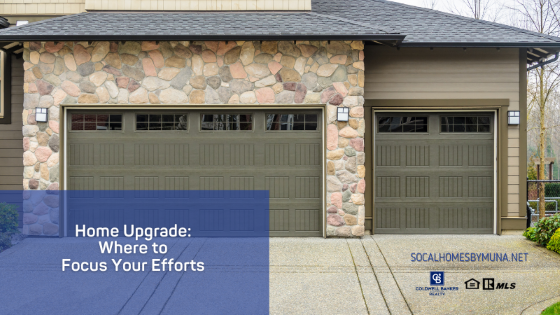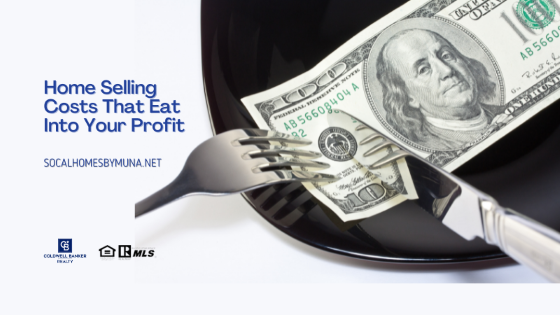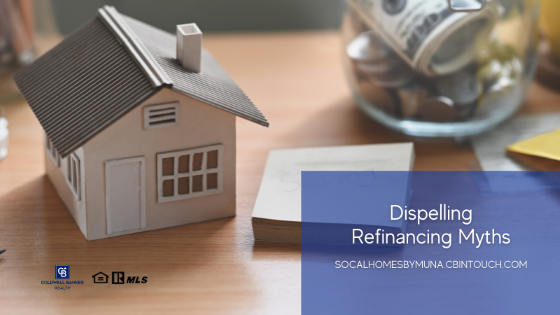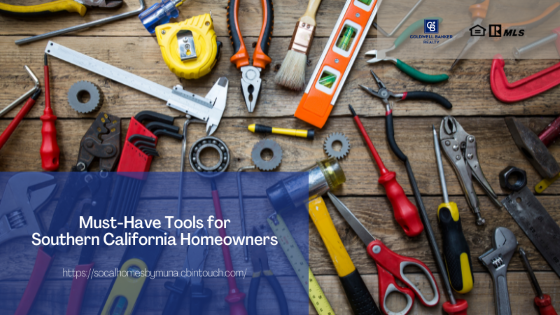Home Upgrade Areas to Focus On

With so many people spending more time in their homes over the last couple of years, millions of homeowners faced the reality that their properties needed some updating or renovation. What used to “work fine” no longer fits the bill. So, whether you plan on living in your Inland Empire home for a while or need to put it on the market soon, here is where you should focus your efforts with your home upgrade for the best return on your investment.
Home Upgrade Areas to Focus On
Flooring
Flooring has come a long way over the past several decades. Today’s buyers love wood flooring. And when I say “wood”, I mean wood laminate, vinyl wood planks, solid hardwood, and engineered hardwood. Carpeting works fine in the bedrooms. But kitchens, hallways, and main living areas need wood flooring. In fact, when you use the same flooring materials throughout all of the main living areas, you make your home’s floor plan appear much larger.
Kitchen
They say that the kitchen is the heart of the home. So, if your “heart” looks a bit worse for wear, you might want to focus your home upgrade efforts there. A bit of paint and new hardware for your cabinets and drawers goes a long way to update an outdated kitchen without breaking your bank. Do your countertops need some zhushing up? According to Better Homes & Gardens, the five best budget-friendly countertops are butcher block, concrete, laminate, solid-surface, and tile.
Bathrooms
Strapped for cash? One room that benefits really well from a home upgrade is the bathroom…especially, the master bathroom. Here, flooring choices can be very important. Replace a shower/tub surround with tile. Paint or replace the cabinets. Add new hardware. Get rid of the wall-sized flat-panel mirror and add one or two framed mirrors above the sink(s) in its place. Place a newer, nicer light fixture above each mirror as well. Newly tiled backsplashes look great in here, too. If you have a good tub in place, you might be able to reglaze it instead of replacing it altogether.
Garage Doors
Finally, this may sound odd, but replacing the garage doors brings you the second-best ROI of any remodeling projects you might tackle on your Inland Empire home. The first is adding/updating a manufactured stone veneer to the exterior of your home. Garage door replacement makes sense. After all, it takes up a huge portion of the front elevation of your home. At an average cost of $3800, it is well worth the monetary investment, too.
Muna Dionne, your Inland Empire specialist with Coldwell Banker Realty
Home Selling Costs That Eat Into Your Profit

You have probably heard the phrase “never count your chickens before they hatch”. Well, the same goes for your profits when selling your Inland Empire home. Just like buying a house, it also costs money to sell a property. So, before you count up all the profit you expect to receive, keep these home selling costs in mind.
Home Selling Costs That Eat Into Your Profit
Repairs
The majority of home buyers today want a turn-key property, not a fixer-upper. Falling behind on your regular maintenance tasks may cost you a pretty penny at the bargaining table. Smaller tasks should be tackled before you list by a reputable handyman. For major repairs (such as a roof replacement or HVAC overhaul), it might work more to your advantage to either lower your list price or offer a credit at closing. Replacing a roof in Riverside costs as much as $11,000+. But you only receive 72% of that cost back.
Professional Photos
Many homebuyers begin their search for Inland Empire homes online…even before contacting a real estate agent. Since the start of the pandemic, this number has only gone up. So, if you want to make a great impression (and bring buyers to your door), you need to showcase your property with high-qualify professional photos. Fortunately, many real estate agents work closely with photographers and videographers. They may even include photos and video as part of their services. If so, yay! It will not cost you extra. However, if they do not, it is still well worth the money to get a pro out to highlight your property’s best assets.
Landscaping
Never neglect your curb appeal. You might get away with an older paint scheme and slightly worn-out flooring. But buyers always want to see a nicely landscaped yard. Therefore, another one of the home selling costs that eat into your profit is hiring someone to make your curb appeal pop. Luckily, you can save some money by doing some of the work yourself.
Closing Costs
Yes, even sellers pay closing fees as part of their home selling costs. These include real estate commissions, transfer tax, title insurance, mortgage processing fees, escrow fees, and notary fees. You also pay any outstanding property taxes as well as a prorated water and sewage bill dependent upon the date of closing. Also, any remainder of your mortgage (including a second mortgage, if applicable) must be paid out of the money received for your home’s sale. If you used a real estate attorney for any part of your transaction, their fees must be paid at closing as well.
Muna Dionne, your Inland Empire specialist with Coldwell Banker Realty
Dispelling Refinancing Myths for the Inland Empire Homeowner

“Refinancing” is a scary word for many people. But that shouldn’t be the case for you. For many Inland Empire homeowners, refinancing can not only lower your monthly payments and help with your monthly budget, but it can save you thousands of dollars in the long run. Let me ease your mind a bit by dispelling some common refinancing myths for you.
Dispelling Refinancing Myths for the Inland Empire Homeowner
You’re Not Too Late
For years now, we’ve been hearing that interest rates will be on the rise. And while they have taken off recently, you’re still in a great position to drastically lower your interest rate. But you need to move fast. Rates are continuing to rise weekly. The general rule is if your mortgage interest rate is more than 1% above the current market rate, you should definitely consider refinancing. However, if your interest rate is near or below the current interest rate, you might want to wait it out for a bit.
It’s Not Too Time-Consuming
Another one of the refinancing myths I want to dispel is how long it takes to refinance. Don’t brush off refinancing just because it seems like a long and daunting process. An informational call with a lender to see how rates compare will only take a few minutes. There are also some programs for streamlining the application process. And besides, isn’t the amount of money you could save worth the time and effort?
ARMs Can be Refinanced, Too
Seeing your Adjustable Rate Mortgage (ARM) increase after the introductory period can be incredibly stressful and place a squeeze on your budget. Many people assume they’re stuck. But ARMs can be refinanced just like fixed-rate mortgages. You can even switch to a shorter term fixed-rate mortgage, such as 15 or 23 years. The longer you’re planning to stay in the home, the more sense it makes to look into refinancing.
If you are considering refinancing your mortgage, contact your local bank first. Then, talk to other lenders about your options. Your bank is not the only lender offering refinancing. Terms and programs vary with each lender. So, it makes sense to shop around before settling on one.
Muna Dionne, your Inland Empire specialist with Coldwell Banker Realty
Must-Have Tools for Southern California Homeowners

When you own your Southern California home, things are going to break and, unless you want to spend your money on visits from a neighborhood handyman, you’re going to need to fix them yourself. Luckily, you don’t need an arsenal of tools to handle most home maintenance fixes. These five tools will cover most of your basic projects.

- Cordless Drill
A cordless drill is one of the must-have tools for installing cabinets, drawer pulls, hinges, picture frames, shelves and hooks, and more. Whether it’s for do-it-yourself projects or repairs, you’ll use your cordless drill just about every month. - Drain Cleaners
Shower and bathroom sink drains are susceptible to clogs because of the daily buildup of hair and whisker clippings. (Anyone with hair knows this.) You can use chemical clog removers like Drano, but they’re expensive and the lingering chemical scent is unpleasant. Instead, buy some plastic drain cleaners that can reach into the drain to pull out the clog of hair and gunk. You can purchase them on Amazon or at a local hardware store for a low price. - Shop-Vac
No matter how careful you are, spills and accidents will happen in your Southern California home. There are some tasks that just can’t be handled with paper towels or a standard vacuum, like pet messes or broken glass. - Clippers
Even the minimum amount of care for your landscaping will require some clippers/pruners/shears to remove damaged branches, vines, thick weeds, and any other unruly plants in your yard. You can find them at any home improvement store. - Flashlight
You’re going to want something a little more powerful than your iPhone flashlight when you’re in the crawlspace! These are the flashlights Bob Vila recommends for homeowners to keep on hand.
Muna Dionne, your Inland Empire specialist with Coldwell Banker Realty


 Facebook
Facebook
 X
X
 Pinterest
Pinterest
 Copy Link
Copy Link





